Dinosaurs Experienced Many of the Same Diseases Seen in Animals Today
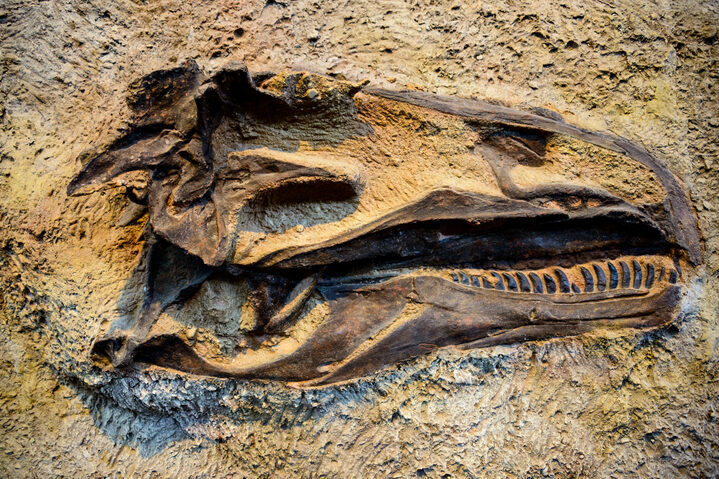
When we look at dinosaur fossils, we see signs of illness written directly into the bone. Many dinosaurs suffered from conditions that still affect animals now, including arthritis, bone infections, and respiratory disease. Fossils don’t just show us shape, size, and structure; they also record stress, injury, and recovery. These health patterns reveal that life in the ancient world wasn’t just dramatic chases and giant footprints. Dinosaurs also faced everyday biological challenges, much like modern elephants, birds, reptiles, and even people, suggesting a deep, shared history of biological vulnerability across all complex life forms.
Arthritis Was Common in Older Dinosaurs
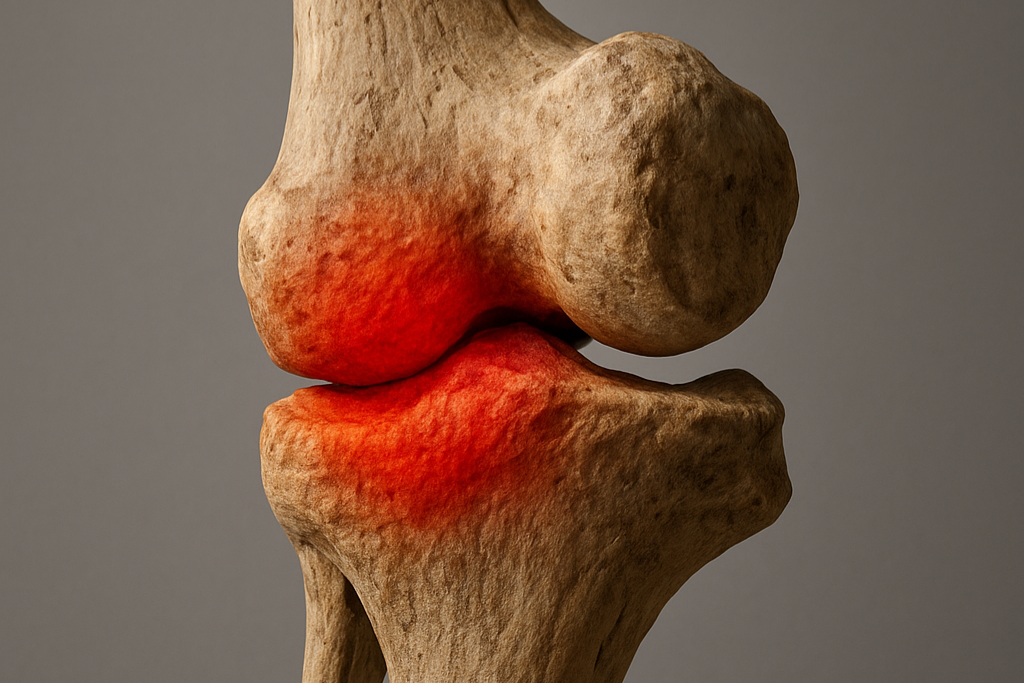
Fossilized joints often show wear-and-tear damage consistent with arthritis. Just like aging humans, older dinosaurs developed roughened joint surfaces that likely caused stiffness and pain. This suggests that many large dinosaurs lived long enough to experience old age conditions, not just short, brutal lives. Some species, particularly large herbivores like sauropods, show gradual bone remodeling over time, meaning their bodies adapted to support their enormous weight. This discovery reminds us dinosaurs were not mythical monsters, they were animals that aged, endured discomfort, and kept moving through their environments, facing the gradual decline of their bodies over time.
Dinosaurs Developed Bone Infections After Injuries
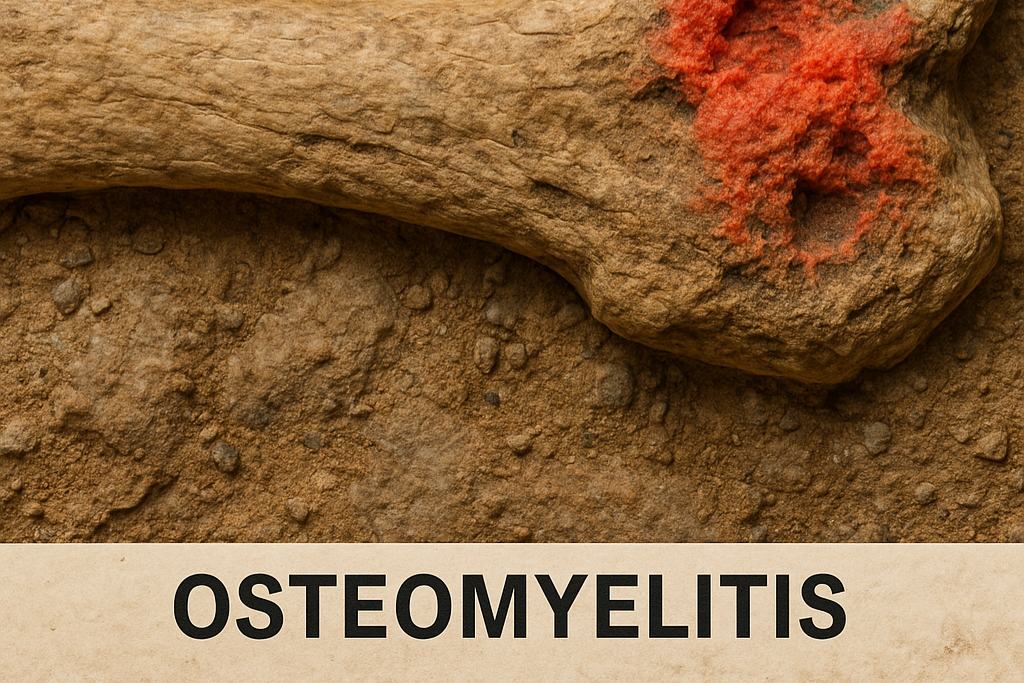
Injuries from bites, falls, and accidents often led to osteomyelitis, a bone infection visible as pitted or swollen sections in fossils. These infections occurred when bacteria entered the bloodstream or open wounds, much like today. Some dinosaurs show signs of healing, meaning their immune systems actively fought the infection and they recovered after trauma. Others did not, suggesting the illness contributed to their decline and death. The presence of healed injuries tells us that dinosaurs could survive trauma long enough to recover, which hints at behaviors like herd protection, resting strategies, or even early forms of social care that aided their long-term survival.
Cancer Existed in Dinosaurs Millions of Years Before Humans

Scientists have confirmed osteosarcoma, a malignant bone cancer, in dinosaurs such as Centrosaurus. This proves cancer is not purely modern or caused only by chemicals or lifestyle factors. Cancer develops when cells divide rapidly and unpredictably, a risk inherent to all complex life forms. Surprisingly, the dinosaur with cancer appears to have lived for some time before dying, likely because herd behavior offered some safety and protection. Studying ancient tumors helps researchers understand how cancers evolve and survive, and might contribute to new insights into modern cancer diagnostics and treatment approaches, connecting today’s medical challenges to prehistoric biology.
Parasites Likely Fed on Dinosaur Blood

Although soft tissues rarely fossilize, the discovery of dinosaur feathers preserved with mite damage suggests dinosaurs hosted parasites like lice, ticks, and fleas. In addition, amber fossils capture ancient insects shaped like early blood-feeders. Some dinosaurs likely scratched, shook, or dust-bathed to manage irritation, similar to modern birds and reptiles. Parasitic relationships reveal that dinosaurs lived in busy, interconnected environments full of competing life forms. Even the mightiest predators were not exempt from tiny nuisances, adding texture to prehistoric ecosystems where life wasn’t only large and dramatic, but also small and persistently itchy.
Respiratory Infections May Have Affected Long-Necked Dinosaurs
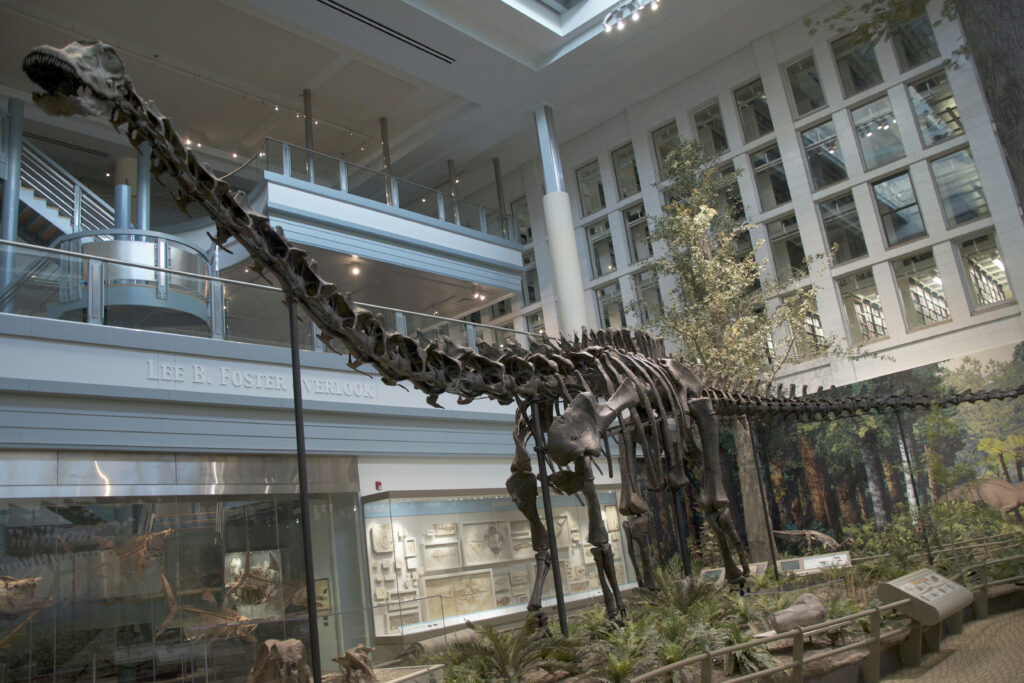
A fossil of a Diplodocus-like sauropod shows cavities in neck bones consistent with fungal respiratory disease, possibly similar to aspergillosis, which still affects birds and reptiles. These infections likely spread through warm, humid environments where spores were common. Because sauropods had air sacs connected to their bone structure, respiratory disease could travel throughout the body quickly. Illness may have caused reduced stamina and slower movement, increasing vulnerability to predators. This discovery shows that the ancient world contained invisible threats, and even giants struggled with internal vulnerabilities that could drastically reduce their ability to survive.
Tooth Abscesses Were Painful but Common
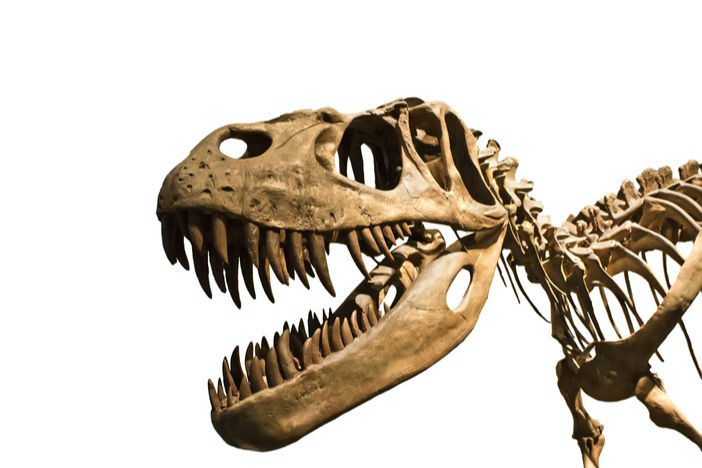
Theropods such as T. rex and Allosaurus frequently developed dental infections. Their teeth were constantly replaced, but injuries or deep bites could still allow bacteria to enter the jawbone. Infected teeth sometimes show root damage and bone swelling. These abscesses were painful, yet many fossils show signs of prolonged healing, suggesting the animals continued eating through discomfort and had remarkable resilience. This supports the idea that dinosaurs had strong immune responses and behavioral adaptations, such as favoring one side of the mouth to chew. Pain was a real and constant factor in the competitive struggle for prehistoric survival.
Broken Bones Show Evidence of Healing
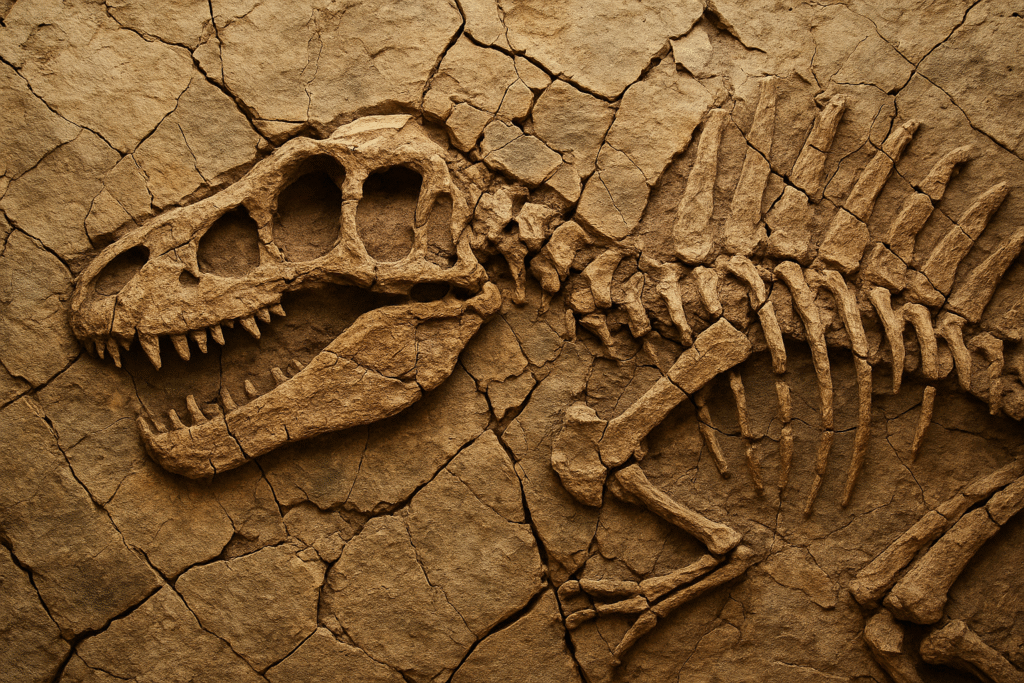
Many dinosaur fossils show healed fractures, indicating that injured animals often survived long enough for bones to repair fully. This suggests structured social behavior in some species was critical for survival. For example, herbivores living in herds may have been protected during recovery, while predators may have scavenged more than they hunted when injured and limited in movement. The presence of healed fractures challenges the assumption that every injury meant immediate death. Instead, dinosaurs adapted and endured, their bones preserving stories of resilience: limping, resting, rejoining the group, and continuing to interact with their environment despite limitations.
Bone Deformities Reveal Developmental Disorders
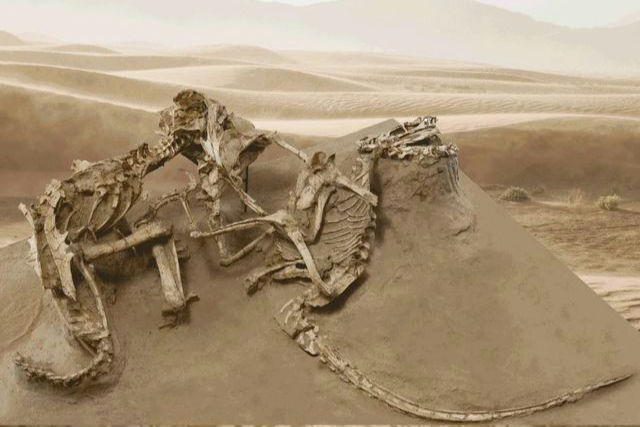
Some fossils display misshapen limbs or backbone curvature caused by genetic conditions or early-life developmental stress. These deformities sometimes persisted into adulthood, meaning affected dinosaurs survived long enough to grow and reproduce. These individuals may have been slower or less efficient than healthier peers, suggesting that herd life, parental care, or environmental stability allowed weaker individuals to continue living. These fossils remind us that dinosaur populations contained variation, vulnerability, and unpredictability, not just strong and perfectly functional bodies, demonstrating the full, imperfect spectrum of biological experience.
Gout-Like Conditions May Have Affected Some Dinosaurs
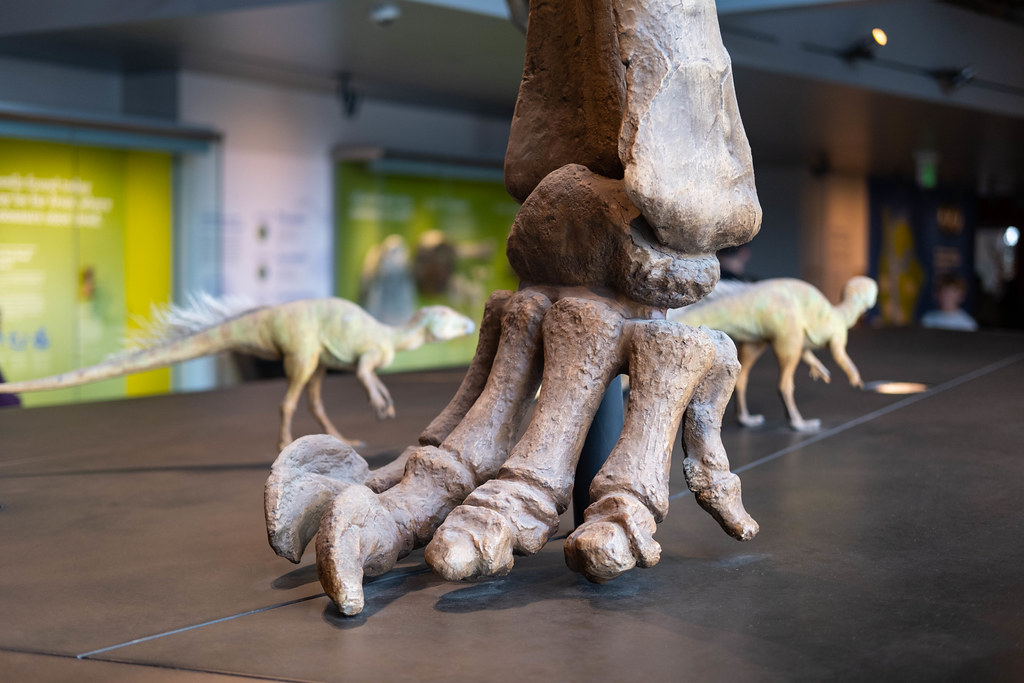
Certain dinosaur fossils show crystal-like patterns in joints that resemble gout, a condition where uric acid builds up and causes inflammation and intense joint pain. This is particularly plausible because modern reptiles and birds, the closest living relatives of dinosaurs, also produce uric acid instead of liquid urine. Diet, dehydration, and climate likely influenced the severity of these conditions, suggesting a complex interplay between environment and physiology. Gout-like disease suggests dinosaurs could experience chronic, recurring pain rather than just sudden injuries, adding a layer of emotional realism to prehistoric life, creatures coping with discomfort and adapting to limitations.
Skin Infections Likely Occurred but Rarely Fossilized
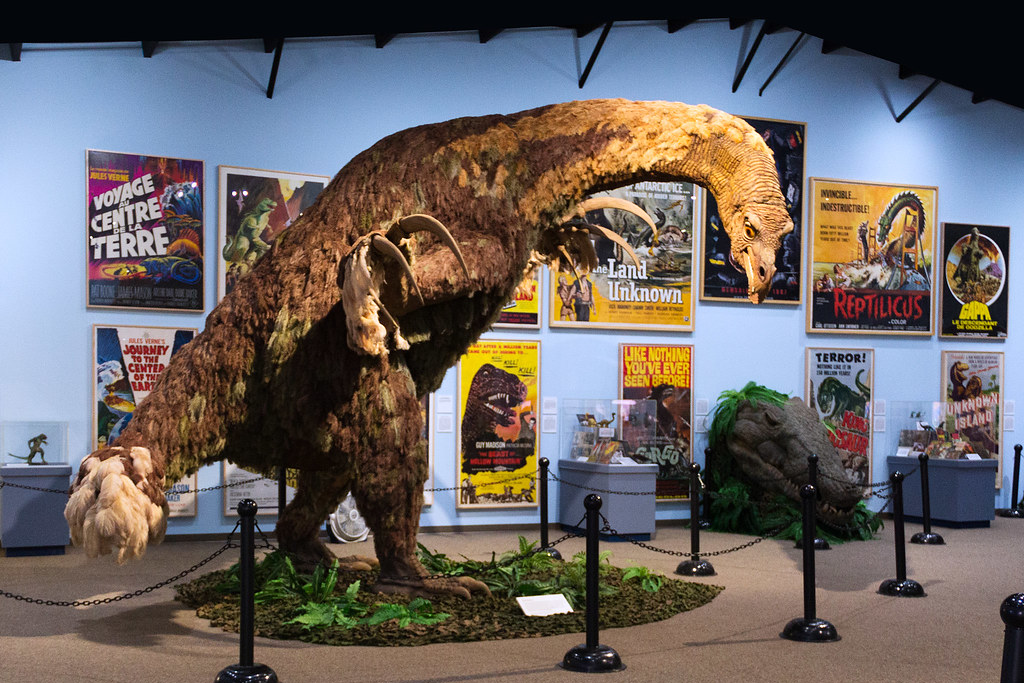
Although skin rarely fossilizes, evidence from closely related species like crocodiles suggests dinosaurs were prone to bacterial skin infections, especially in warm, wet environments. Injuries from bites or scratches could allow microbes to spread across the skin, causing swelling or sores. Feathery dinosaurs might have preened like modern birds to maintain cleanliness and prevent infection. The rarity of preserved skin means we piece together this picture using indirect clues and modern analogies. These infections remind us that microbial life was thriving long before dinosaurs and continuously interacted with them, shaping their health, lifespan, and daily behavior in subtle but meaningful ways.
Dinosaurs Could Have Suffered From Malnutrition During Harsh Seasons

Bone growth rings reveal seasonal stress patterns where nutrient intake fluctuated. During droughts or plant die-offs, herbivores may have developed brittle bones or stunted growth. Carnivores relying on weakened herds may have experienced feast-or-famine cycles. Malnutrition reflects how dinosaurs were intimately connected to climate systems. Survival wasn’t solely determined by strength or speed; it depended on rainfall patterns, plant growth rhythms, and landscape stability. Understanding malnutrition in dinosaurs also helps researchers model ancient climate conditions, connecting prehistoric biology to planetary systems that still influence ecosystems today.
Pathological Bone Growth Indicates Immune System Responses
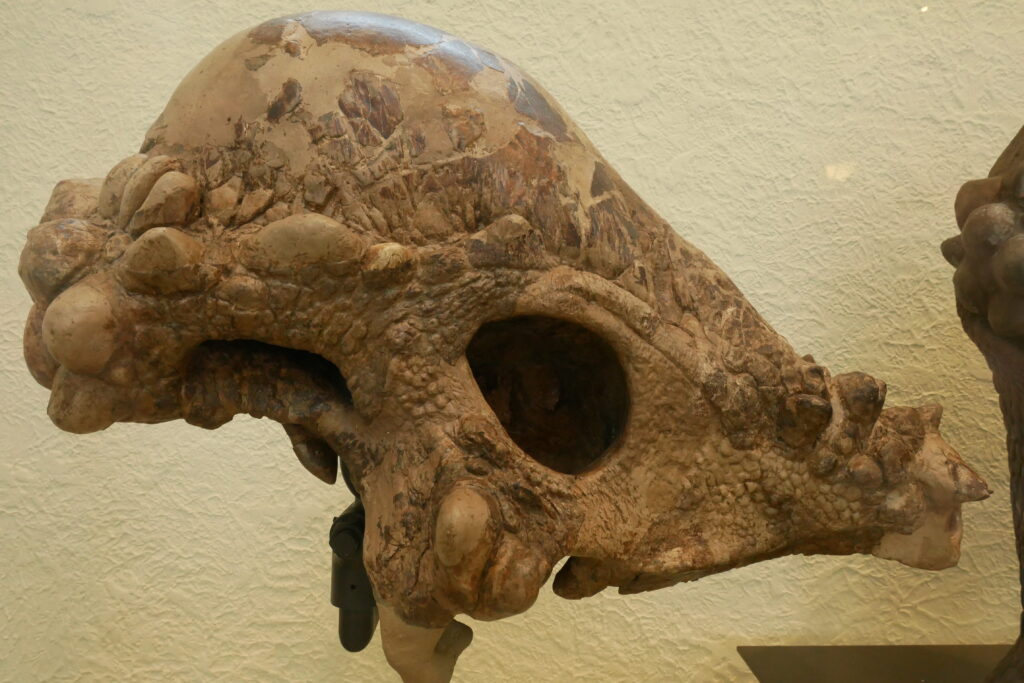
When dinosaurs were injured or infected, their bodies sometimes produced extra bone growth, creating protrusions or rough textures. These growths show the body’s attempt to wall off damage, similar to scar tissue formed during human healing. This demonstrates that dinosaurs had strong inflammatory responses, reflecting sophisticated immune systems capable of actively fighting infection. Pathological bone formations are crucial clues to how these animals’ bodies fought infection, repaired trauma, and adapted under stress. They show a compelling dance between harm and healing, preserved in stone across millions of years, turning the fossil record into a biological medical history.
Some Diseases Spread Through Herd Populations
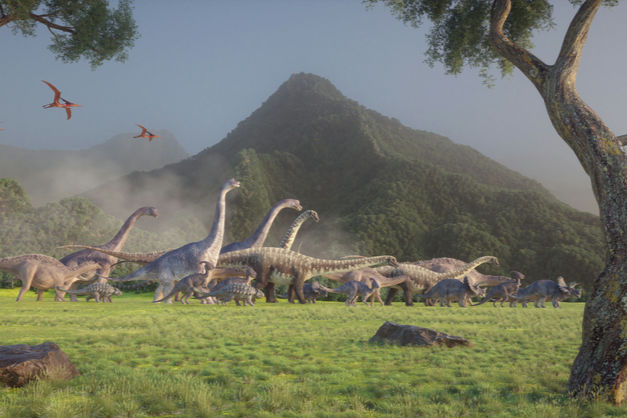
Living in large groups offered protection, but it also increased the risk of contagious disease spread. Respiratory illnesses, parasites, and fungal infections likely moved quickly through herds of herbivores and pack-hunting carnivores. Fossil evidence of similar bone conditions across multiple individuals suggests shared sickness events, hinting at localized epidemics. This highlights that dinosaurs didn’t just interact as individuals , they were part of interconnected social environments where health, behavior, and group survival were profoundly linked. Disease shaped herd movement, population size, and evolutionary selection pressures, proving that the ancient world faced epidemics long before recorded history.
Dinosaurs Could Experience Stress-Related Hormonal Imbalances
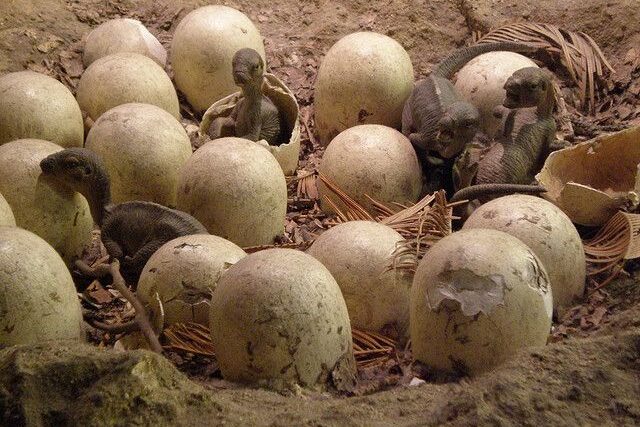
Just like modern animals, dinosaurs likely released stress hormones during threats, hunger, or environmental change. Although hormones don’t fossilize, stress leaves signatures in bone growth patterns, feather quality, and eggshell thickness. For example, thin or malformed eggshells suggest reproductive stress. These signs reveal internal emotional worlds shaped by environmental pressure. Dinosaurs were not emotionless beings; they reacted to fear, uncertainty, and change. Their survival strategies involved both physical adaptations and biochemical responses, making their lives more dynamic and relatable than the stereotype of instinct-driven giants.
Some Dinosaurs Were Likely Vulnerable to Heat Stroke
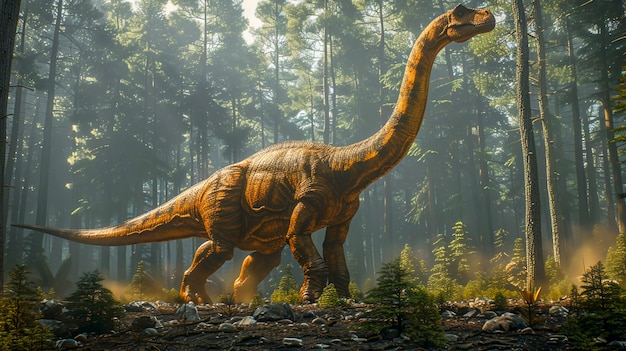
Large-bodied dinosaurs, especially sauropods, produced significant internal heat simply by existing. If temperatures rose too high or shade and water sources were limited, they may have experienced overheating. Bone and tissue structure suggests they had respiratory air sacs that helped regulate temperature, but extreme heat could still pose danger. Heat stress likely shaped migration patterns, herd movement, and resting behavior. This issue ties dinosaur biology directly to ancient climate cycles, highlighting the importance of the environment in shaping evolutionary pathways and survival strategies.
Studying Dinosaur Diseases Helps Scientists Today
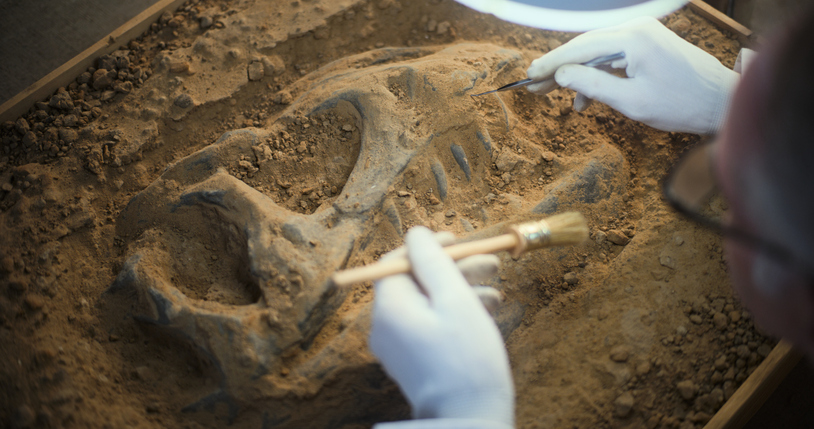
The illnesses dinosaurs faced reflect universal biological challenges shared across time, including the risk of cancer and bacterial infection. By examining how diseases appear in fossils, scientists learn how conditions evolve, adapt, and persist across different species and environments. Ancient cancers, infections, and stress responses help researchers understand how these illnesses originate and respond to environmental pressures. This knowledge supports medical research, climate modeling, and evolutionary biology. The study of dinosaur disease isn’t just about the past, it’s about improving our understanding of life today, showing that even across millions of years, all living things are linked by the same biological story.
The medical record of the dinosaurs, etched into their bones, offers a profound look into their world. It teaches us that life, even on the grandest scale, is marked by the same patterns of injury, illness, resilience, and recovery we see in animals today. They were magnificent, yes, but they were also, simply, living creatures.
This story What Diseases Dinosaurs Had When They Roamed the Earth was first published on Daily FETCH


